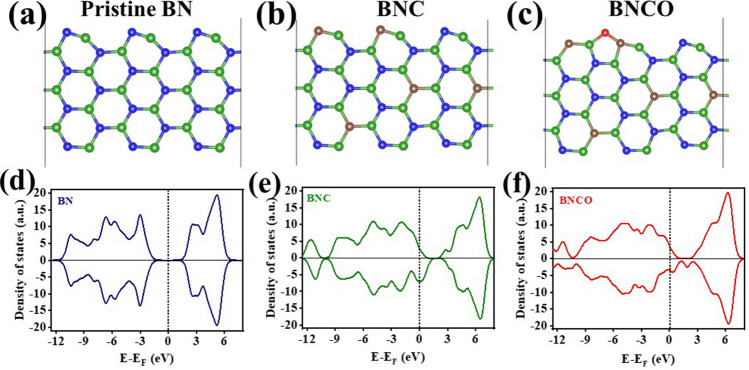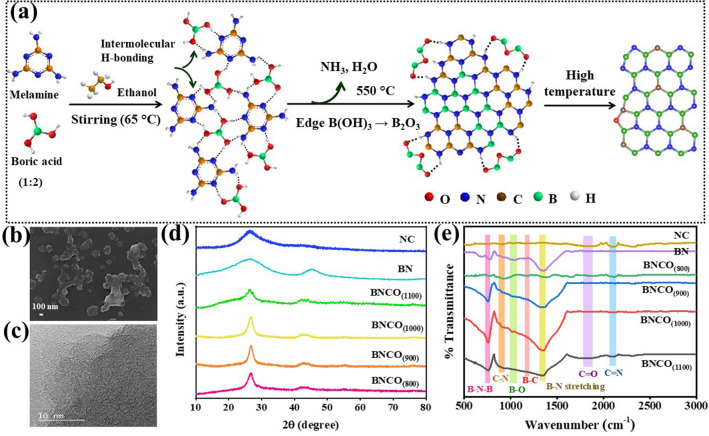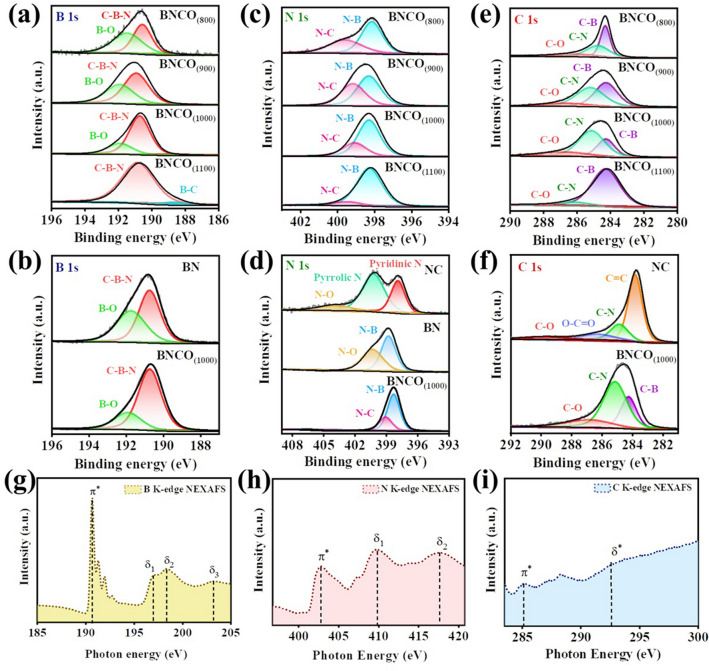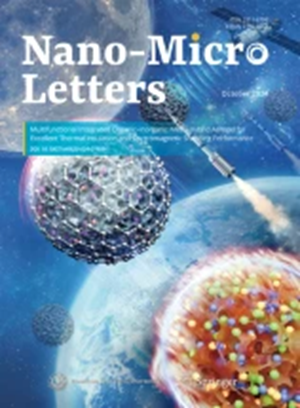Oxygen Functionalization-Induced Charging Effect on Boron Active Sites for High-Yield Electrocatalytic NH3 Production
IF 36.3
1区 材料科学
Q1 MATERIALS SCIENCE, MULTIDISCIPLINARY
引用次数: 0
Abstract
Highlights
-
O-functionalization at the edges of boron carbonitride induces charge polarization effect on B.
-
0.1 M HCl serves to preserve the catalyst active site from poisoning effect by electrolyte anions.
-
Experimental and theoretical findings go hand-in-hand towards high yield of ammonia.



氧官能化对硼活性位点的充电效应促进高产电催化 NH3 生产
0.1 M HCl 可保护催化剂活性位点免受电解质阴离子的毒害。 实验和理论发现共同促进了氨的高产率。
本文章由计算机程序翻译,如有差异,请以英文原文为准。
求助全文
约1分钟内获得全文
求助全文
来源期刊

Nano-Micro Letters
NANOSCIENCE & NANOTECHNOLOGY-MATERIALS SCIENCE, MULTIDISCIPLINARY
CiteScore
42.40
自引率
4.90%
发文量
715
审稿时长
13 weeks
期刊介绍:
Nano-Micro Letters is a peer-reviewed, international, interdisciplinary and open-access journal that focus on science, experiments, engineering, technologies and applications of nano- or microscale structure and system in physics, chemistry, biology, material science, pharmacy and their expanding interfaces with at least one dimension ranging from a few sub-nanometers to a few hundreds of micrometers. Especially, emphasize the bottom-up approach in the length scale from nano to micro since the key for nanotechnology to reach industrial applications is to assemble, to modify, and to control nanostructure in micro scale. The aim is to provide a publishing platform crossing the boundaries, from nano to micro, and from science to technologies.
 求助内容:
求助内容: 应助结果提醒方式:
应助结果提醒方式:


